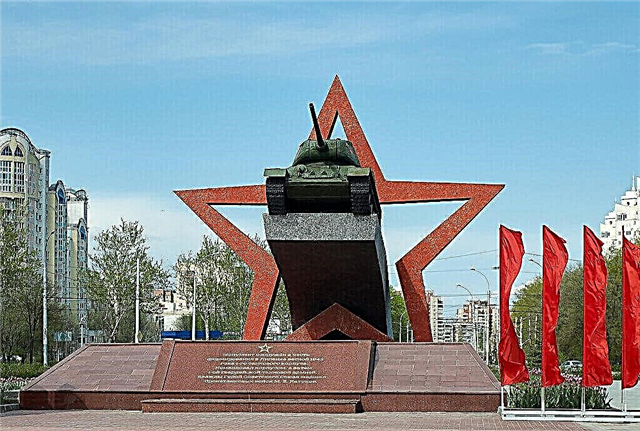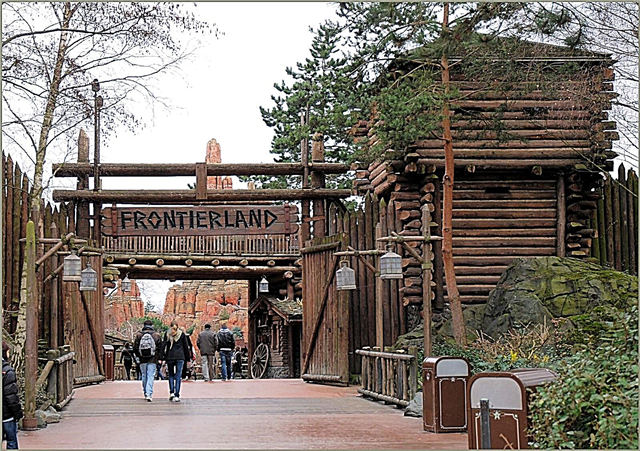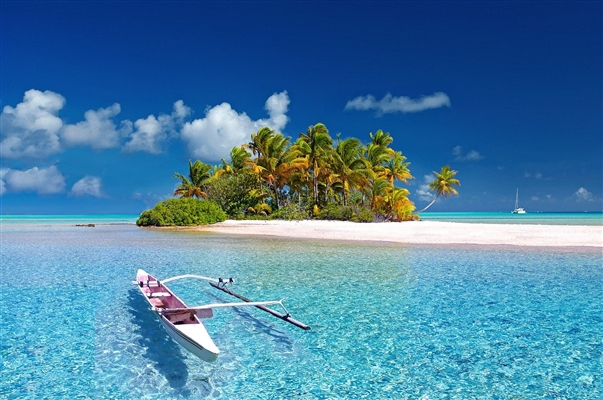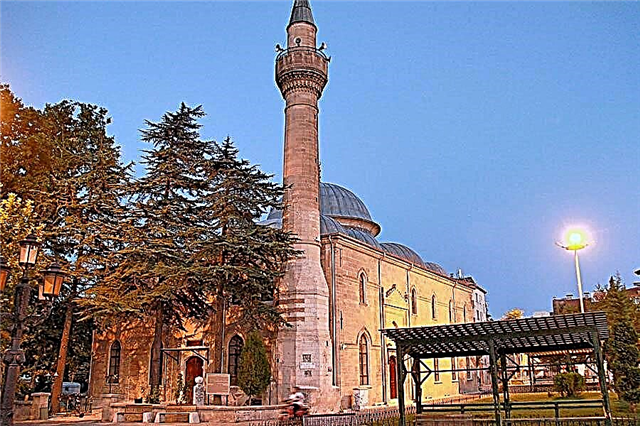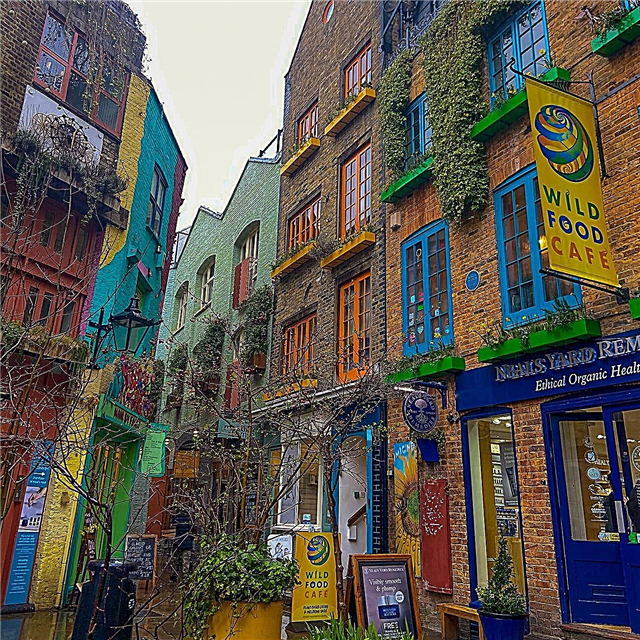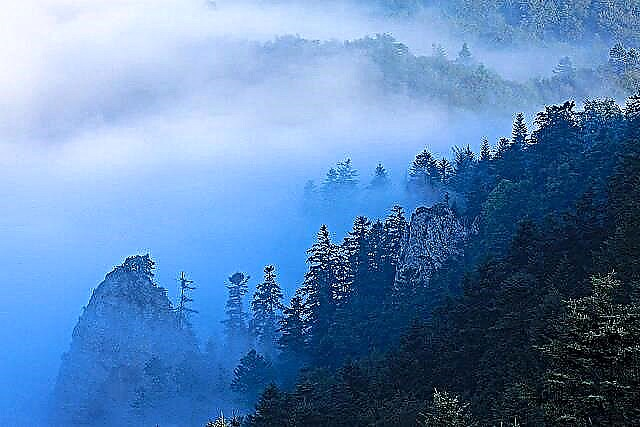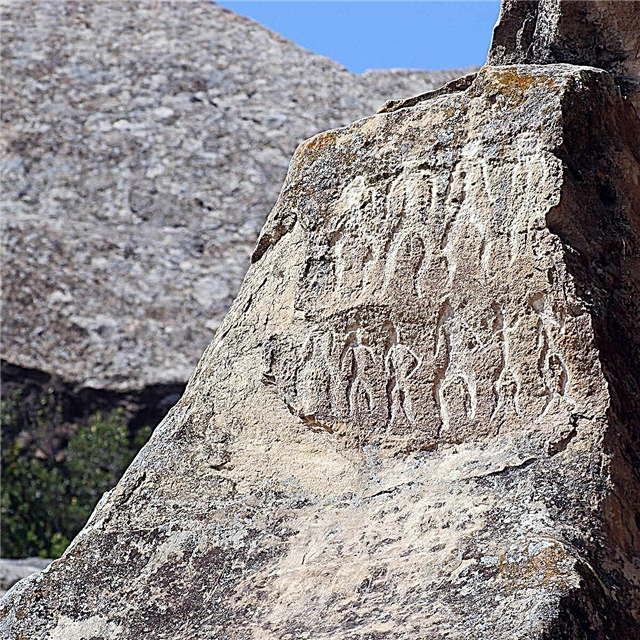
Now, while there is no opportunity to travel, it's time to learn more about the history and culture of neighboring countries. Today we will tell you about the cultural heritage of Azerbaijan - we hope that very soon we will all have the opportunity to see them with our own eyes.
Sheki khans' palace and the historical center of Sheki
Located at the foot of the Greater Caucasus Mountains on both sides of the Gurdzhana River, Sheki is a 5-hour drive from Baku. Palace complexlocated here was the summer residence of the Sheki khans. This architectural monument of the times of the Hanateb empire was built in 1762 by Khan Hussein in the upper part of the city on the territory of the khan's fortress, which is surrounded by plane trees.
By itself Sheki city was an important point of the Great Silk Road - a historically established trade route connecting East and West. By the 19th century, due to its strategically advantageous location in the north-west of Azerbaijan, the city had become an international center for silk production. While the old, northern part is built in the mountains, the southern surroundings slope down to the river valley.
The ancient art of shebeke, for which Azerbaijani artisans are famous, can be observed here everywhere, especially at the windows of the Sheki Palace. Stained-glass windows in wooden structures are assembled without nails and glue - this is an amazing craft that turned the khan's palace into a work of art, because 5,000 shebeke elements were brought together here.
FROM 3D panorama of the Palace can be found here.



Baku Old City (Icherisheher), Maiden Tower and Shirvanshahs Palace
Icherisheher located in the very center of the capital of Azerbaijan, it also became the very first object in the country, which was included in the World Heritage List in 2000. It is from here that the history of Baku begins, which in antiquity existed as a small settlement - during the excavations, exhibits dating from the 6th-1st centuries BC were discovered here. After that, the economic and cultural development of the city continued under the influence of various rulers - until the 11th century the territory was under the rule of the Arab Caliphate, then the Shirvanshah dynasty moved here its residence.
Palace of the Shirvanshahs began to build presumably in the XII century, it is located in the highest part of the Old Town. The palace complex also includes a tomb, divanhane, a mosque, the Eastern portal, the mausoleum of Seyid Yahya Bakuvi and the gate of Murad. The main palace is built of light stone and beautifully reflects the warm sunlight, which is enough in Baku. The upper windows are decorated with carved bars. The palace has about fifty different purposes, but only 27 rooms on the lower floor have survived in their original form.
Maiden's Tower rises in the coastal part of Icherisheher and is one of the main symbols of Baku. This unique structure in the east has no analogues; it is also interesting that historians have not come to a unanimous opinion about its purpose. It is not surprising that many legends have appeared on this basis, which local guides are happy to tell. The most common version is that the tower was built in the pre-Islamic period and served as a burial structure. Now the Maiden Tower is a museum, and there is an observation deck at the top.
You can arrange for yourself virtual tour of the Old Town right now . Scroll down and click the Select 3D Tour button.



Rock paintings of Gobustan
60 km south of Baku on the territory of the Absheron and Karadag regions is one of the most amazing sights that have survived since ancient times. Here in the 30s of the last century, more than 6 thousand rock paintings were accidentally discovered, which depict the flora and fauna of this area and clearly demonstrate 40 thousand years of history of rock painting.
Interestingly, some of the female characters have tattoos, which is very unusual for the Central Asian area. Here you can also see scenes of hunting, harvesting, ritual dances and battles - everything that was characteristic of people, from the Mesolithic era to medieval life. In some plots of rock art, boats are encountered - this suggests that even then people went out to sea. There is even an inscription in Latin - it was left by the Roman legionaries during their numerous campaigns.
Virtual tour of the Gobustan nature reserve can be visited here.




